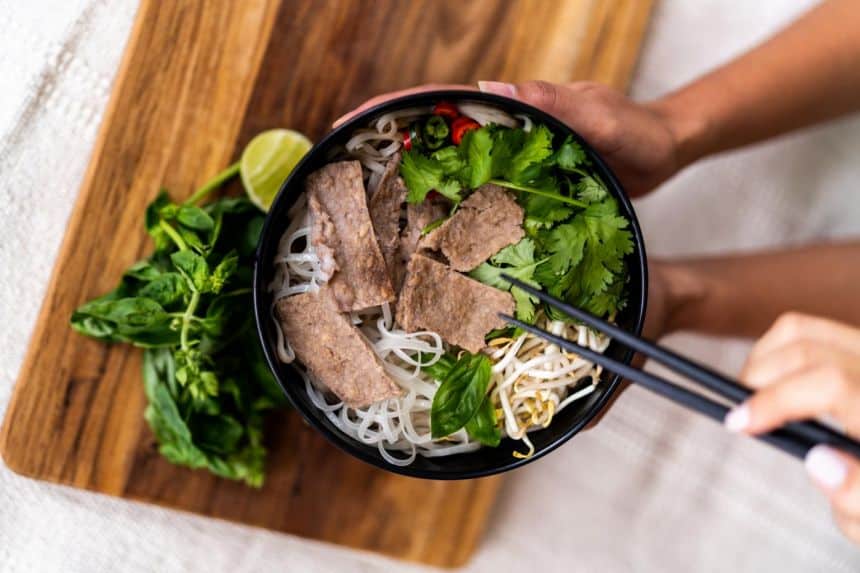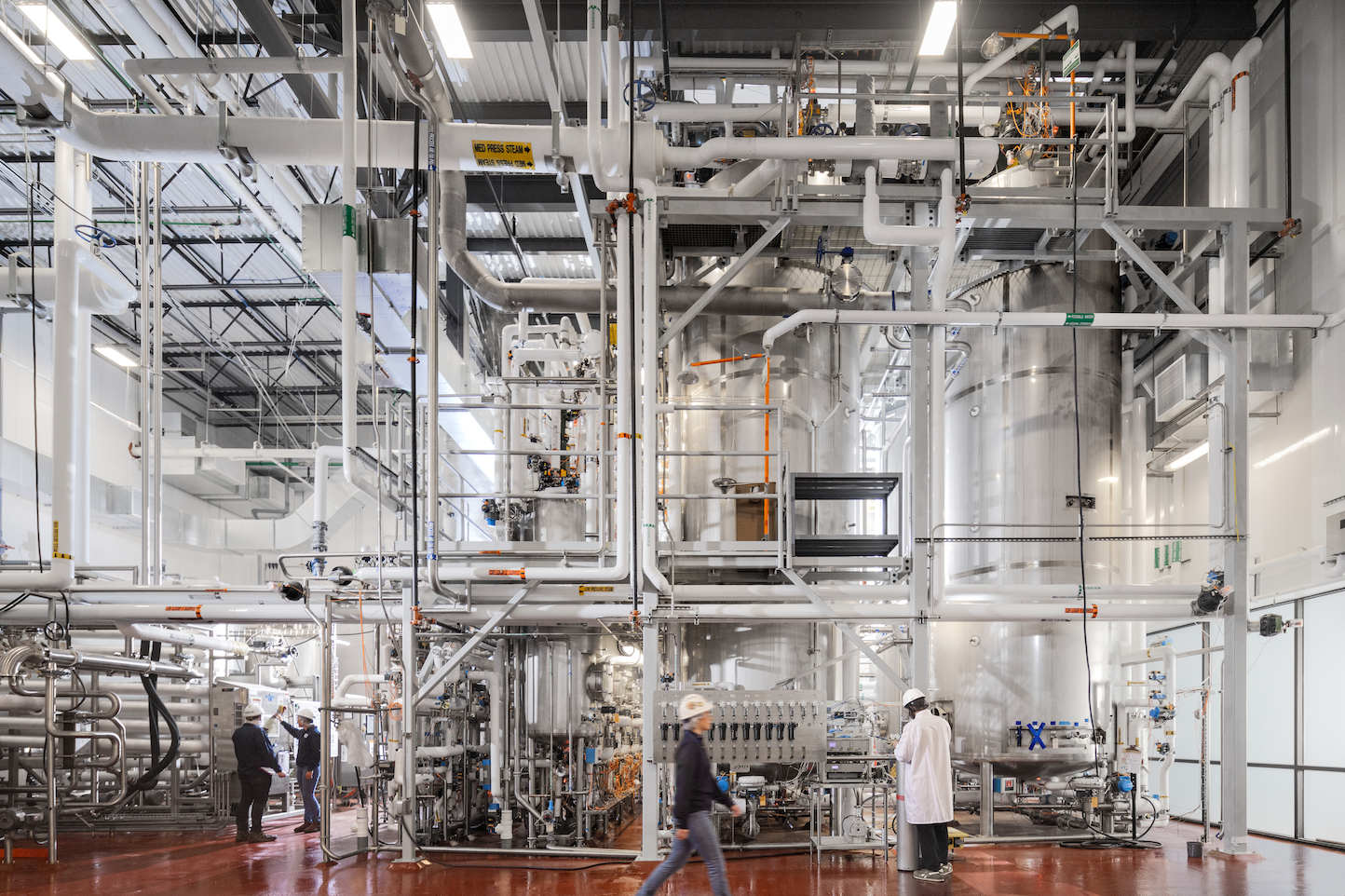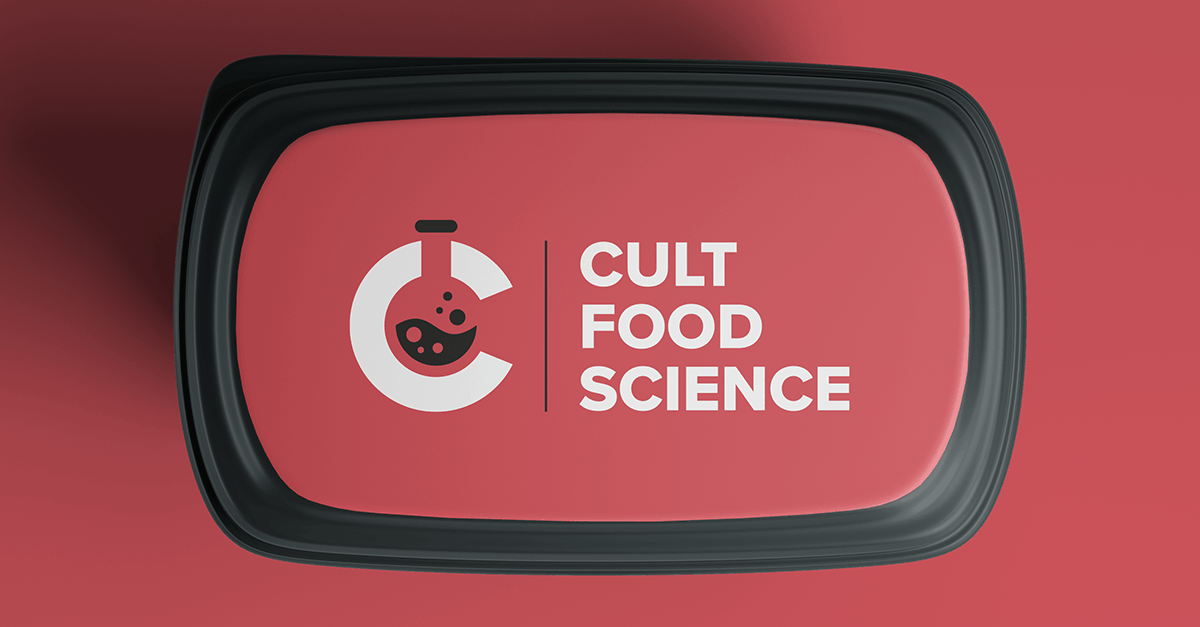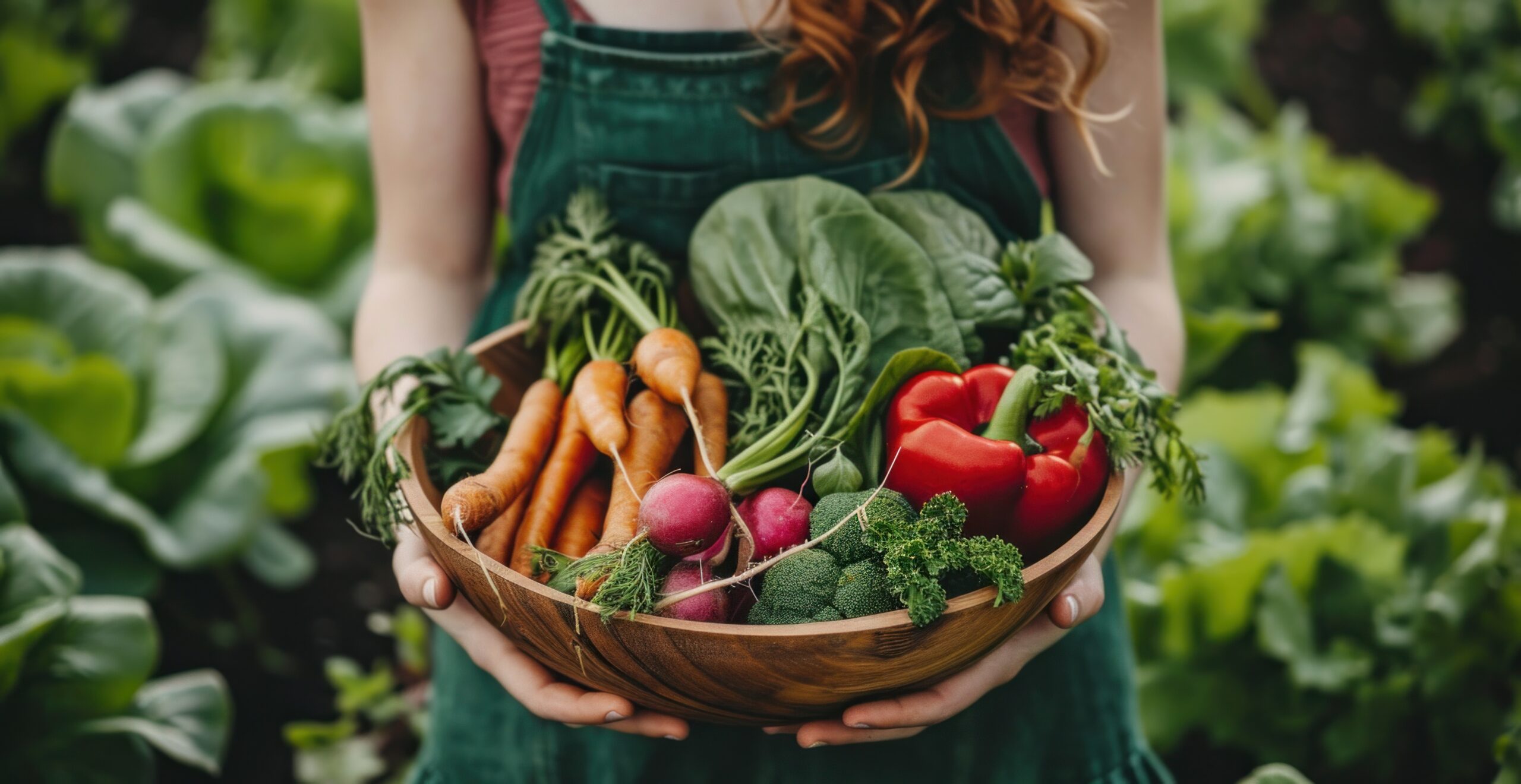Sixty years ago, The Jetsons imagined that in the future, we’d be eating meals in pill form. That hasn’t come to pass – yet. So what (and how) do experts think we’ll be eating 30, 40, or 50 years from now?
The last 6 decades have seen huge leaps in agricultural and food processing innovation. Since 1960, the world’s population has more than doubled – yet global food production has more than tripled while using only 15% more land. That may sound great, but it’s come at a price to both our health and the planet. More than 300 million adults around the world have obesity, which has major effects on human health. The cancer death rate has risen 17% since 1990. And the way we grow, process, and transport food contribute significantly to climate change that may soon overwhelm the planet.
“We’ve got exactly what we designed our food system for. We’ve optimized for low-cost, mass-produced calories,” says Scott Bowman, co-founder of The Nourish Movement. “Now we need to optimize for human health and planetary health.”
In order to do both, experts say three things will be key: sustainability, food technology, and food as medicine. This special report looks at how each of them can help us get there.
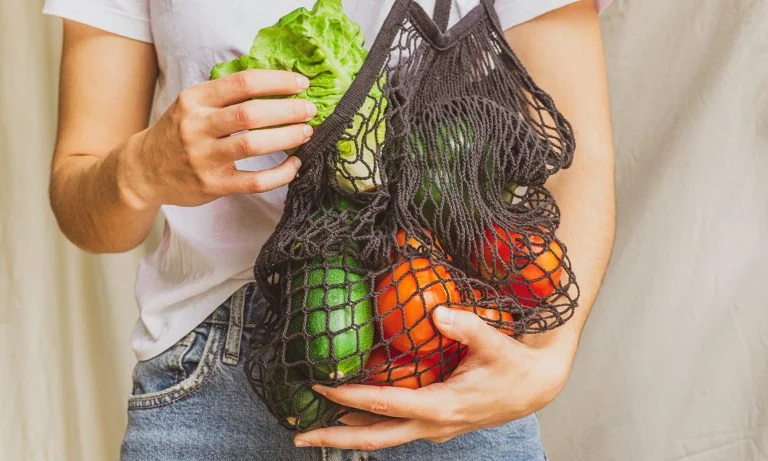
Feeding the World, Sustainably
In 2020, as many as 811 million people worldwide didn’t have enough to eat, and Earth’s population is projected to grow by another 2 billion in the next 30 years. Experts project we’ll need to produce as much as 56% more food to feed everyone, but we can’t do that sustainably without some major changes.
We are making progress, though. If everyone does their part – scientists and farmers, manufacturers and retailers, governments and nonprofits, and of course, consumers – we can save the planet and have enough nutritious food to go around.
“Farmers are wildly more sustainable now than they were in 1980,” says Jack Bobo, JD, director of global food and water policy at the Nature Conservancy. “It’s not as if things are bad and getting worse – they’re good and getting better, just not fast enough. Historical trends won’t get us where we need to go by 2050. We need to do things differently.”
Around the world, governments, organizations, and the private sector are attacking the challenges from multiple angles, including:
- Transforming agriculture with new approaches, like vertical farming, precision agriculture, and genome editing
- Cutting food waste with government policies and new technology
- Producing alternative proteins, including plant-based “meat,” cultured meat, insects, and algae
- Packaging food in innovative ways to reduce damage, prolong freshness, and fight off bacteria
“These are pretty dreary, challenging times, but the young people I meet are so fired up and dedicated to addressing these problems, it gives me hope,” says Pamela Ronald, Ph.D., whose lab at the University of California, Davis, uses plant genetics to create hardier crops with greater yields.
For more on what a sustainable diet might look like decades from now, go here.
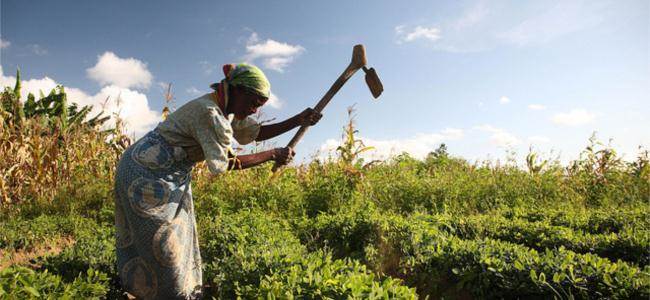
Innovations in Food Technology
Since the turn of the 21st century, we’ve seen numerous new concepts take hold, like plant-based meat that “bleeds,” agrobots that automate labor-intensive agricultural chores, and compostable food packaging. Each of them has the potential to make what we eat healthier or more sustainable if the technology works as hoped and enough people embrace it.
Many science- and technology-backed companies had been focused on the science needed to meet goals. “And now, they’re getting to the point where they can step away from the science and say, ‘We’re also a food company – how do we make sure we’re serving that role too?’” says Sarah Sha, a researcher, and strategist with Silicon Valley food industry consultant company KitchenTown.
“They’re forming partnerships with chefs, doing a better job understanding how and where people eat, what they want food to taste like, how to help people transition into more healthful, sustainable diets that don’t feel like a huge compromise. They’re trying to make a healthy diet more of an exciting celebration, rather than feeling deprived.”
The challenge, some experts point out, will be to avoid repeating the mistakes we’ve made with previous innovations. Many of those achieved the goals set out for them, but in the process created new problems.
“For the last 50 years, the focus has been on producing more for less,” says Raj Khosla, Ph.D., a professor of precision agriculture at Colorado State University. “Many agricultural practices we thought were the best turned out to be not so climate-friendly, or good for human health.”
Take a look at the cutting-edge science that experts believe could change the way we eat in the future.
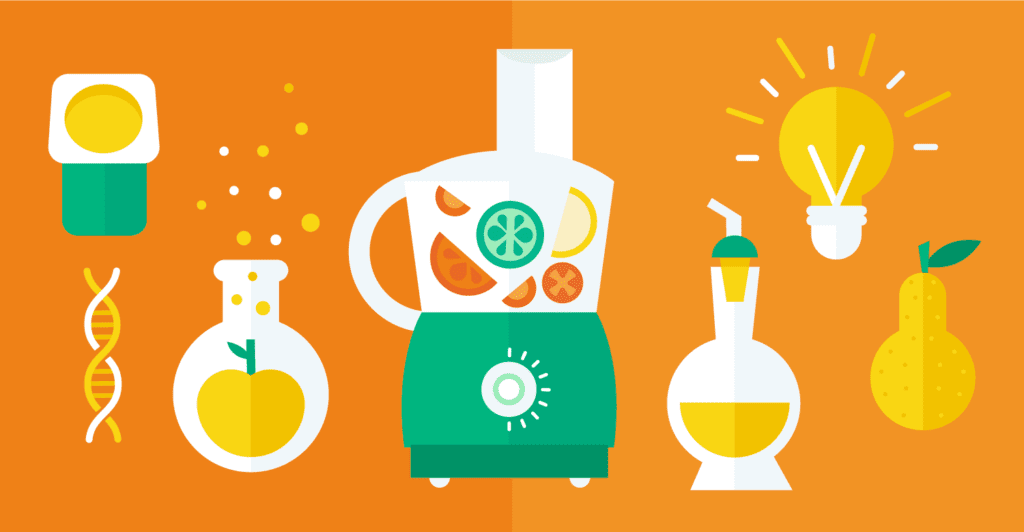
Food That Heals You
The idea that food has medicinal properties is hardly new, but modern life has shown that the opposite is true, too. Food can be deadly, and not just when you eat the moldy leftovers at the back of the fridge. In 2019, a major study found that poor diet is responsible for 1 in 5 deaths worldwide.
“If we continue at the pace of the last 20 or 30 years, we’re going to be eating pretty much the same things but with new bells and whistles, and we’re going to be incredibly sick,” says Dariush Mozaffarian, MD, dean of the Friedman School of Nutrition Science and Policy at Tufts University.
But, he says, if we recognize the damage poor nutrition is doing to our overall health, our diets could be very different if we make a concerted effort to drive innovation toward nutrition and equity, and sustainability.
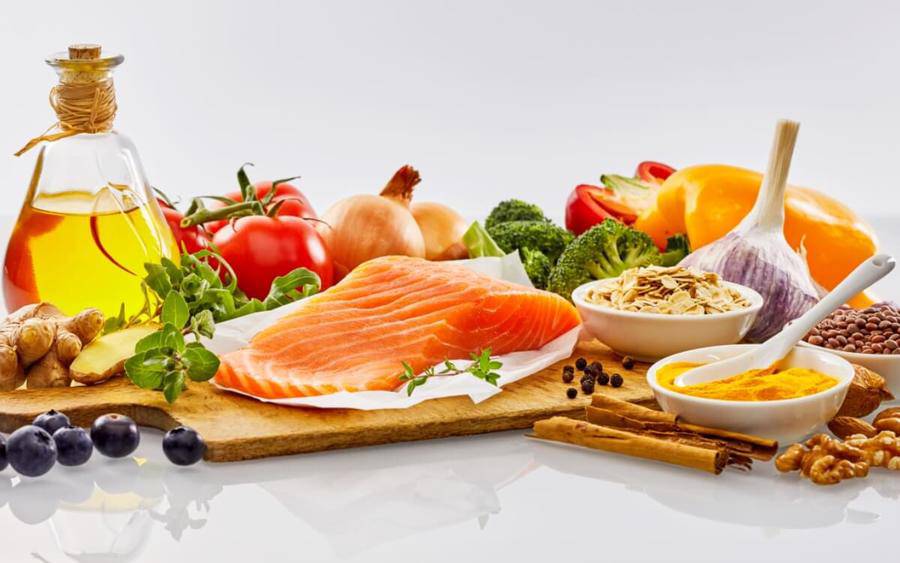
Some signs suggest we’re moving in the right direction:
- In recent years, companies like Chobani and KIND snacks have found mainstream success using minimally processed, nutritious ingredients.
- Around the world, health care programs are experimenting with food “prescriptions” for nutritious items like fresh fruits and vegetables.
- Congress has just funded a White House Conference on Hunger, Nutrition, and Health, to be held this September. It will be only the second such conference ever held – the first took place more than 50 years ago, in 1969.
- The recently formed School Meals Coalition, a group of more than 60 countries, is working to ensure that every child in the world receives a nutritious meal in school each day.
“In the last 5 years, and accelerated by COVID, there’s been recognition that the status quo is untenable,” Mozaffarian says.
Consumers, businesses, and investors are starting to think more about nutrition and sustainability.
“We’re at the edge of the cliff, and either we can fall off or drawback. I think we’re at 50-50 right now,” says Mozaffarian.
Learn more about how the concept of food as medicine may shape our diets in the next 50 years.







